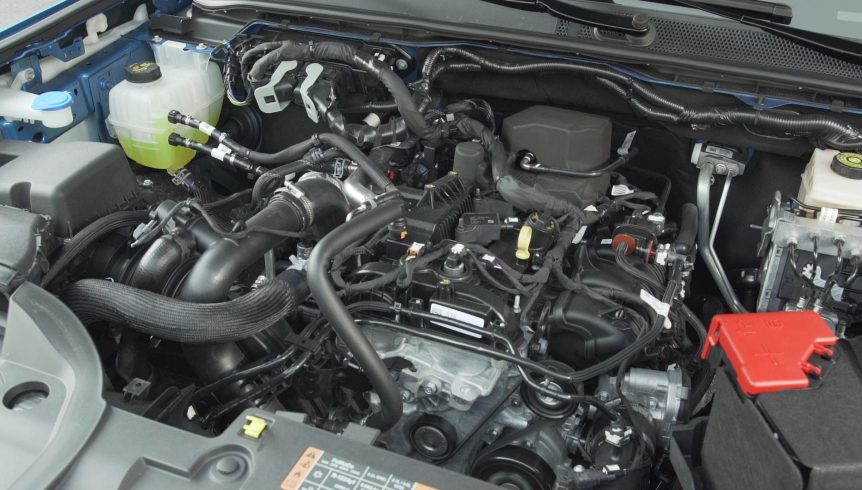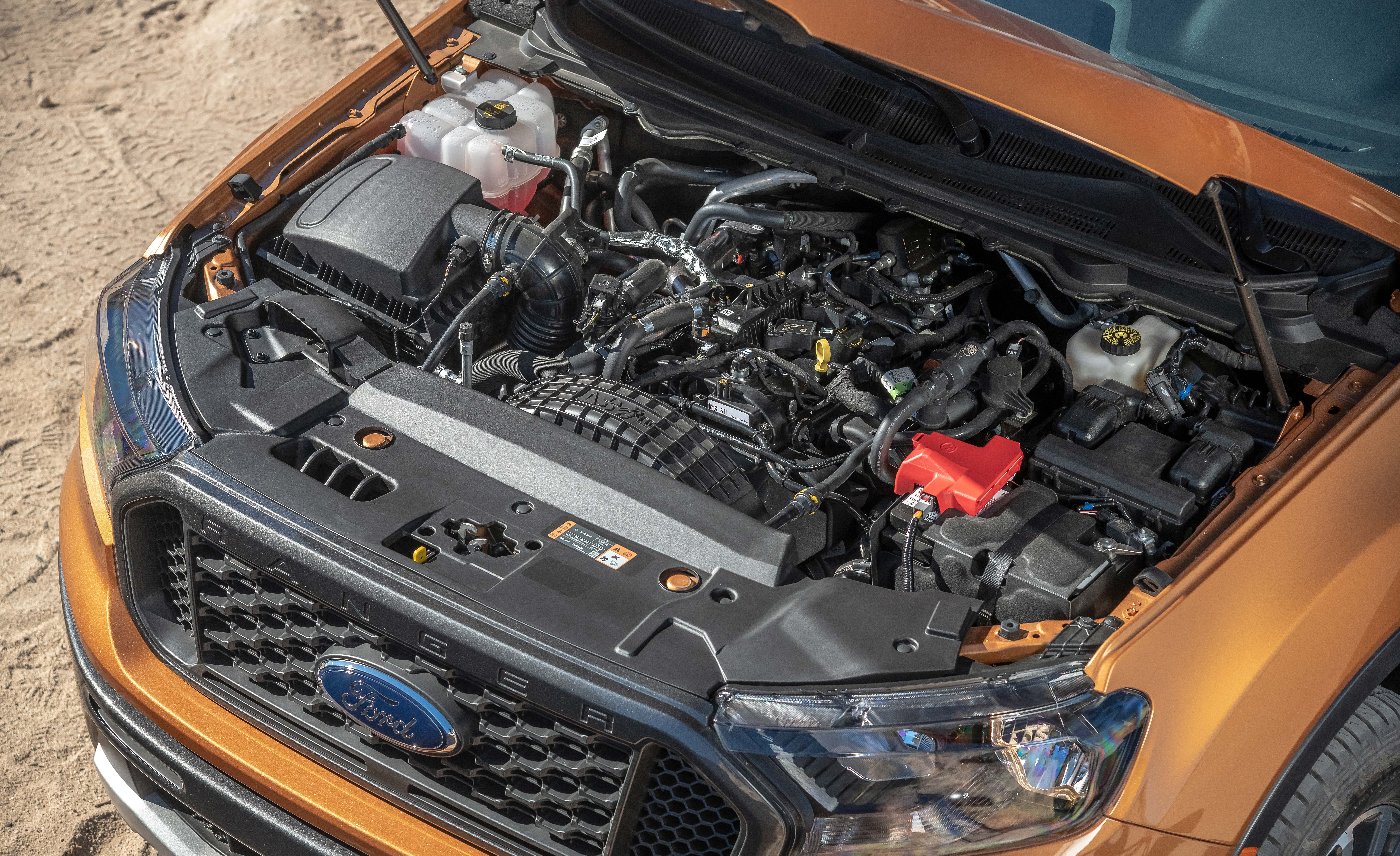Comprehending the Essentials of Vehicle Engines: Features, kinds, and functions

Introduction of Automobile Engines
A cars and truck engine functions as the heart of a lorry, converting gas into mechanical power to push it onward. This complex system comprises numerous components that operate in unison to make certain ideal efficiency and efficiency. The basic operation of a cars and truck engine involves the interior burning process, in which gas and air are blended, stired up, and removed to develop power.
The engine's design can dramatically impact its efficiency, fuel effectiveness, and exhausts. Secret parts include the cylinder block, pistons, crankshaft, and camshaft, each playing an essential function in the engine's total function. The cylinder block houses the cyndrical tubes where combustion happens, while the pistons transform the eruptive power from combustion right into linear movement. This activity is then transformed into rotational energy by the crankshaft, allowing the lorry's wheels to turn.
In addition to these elements, engines commonly make use of numerous systems such as fuel injection, ignition, and cooling down systems to boost performance and long life. Understanding the standard technicians of car engines is essential for executing and detecting problems maintenance, ultimately contributing to the lorry's integrity and performance gradually.

Sorts Of Auto Engines
Auto engines can be classified right into a number of types based upon their style, fuel kind, and operational principles. 2.2 ford ranger engine. One of the most typical classifications include internal burning engines (ICE), electric engines, and crossbreed engines
Inner combustion engines, which can be further separated right into gas and diesel engines, run by stiring up a fuel-air combination to generate power. Gas engines are usually lighter and smoother, while diesel engines are much more fuel-efficient and offer better torque.
Electric engines utilize electrical energy stored in batteries to power an electrical motor, offering instant torque and absolutely no emissions throughout operation. As modern technology breakthroughs, electric vehicles (EVs) are progressively becoming preferred for their environmental benefits and lower running expenses.
Hybrid engines incorporate elements of both inner burning and electric engines, enabling versatile power sources and improved gas performance. They can operate in numerous modes, using either the gasoline engine, the electric motor, or both simultaneously.
Each kind of engine has distinct advantages and negative aspects, influencing their application in various car types and market sectors, from compact cars and trucks to heavy-duty trucks. Recognizing these types is crucial for making informed decisions relating to lorry choice and efficiency assumptions.
Engine Functions Described
Understanding engine functions is important for grasping how cars run efficiently. At the core of any interior combustion engine lies the fundamental procedure of converting gas into mechanical energy.
The ignition occurs next, firing up the combination and creating a rapid development of gases. This pressure drives the piston down throughout the power stroke, which inevitably converts right into the rotational activity of the crankshaft. The exhaust stroke after that eliminates the invested gases from the chamber, making means for a brand-new cycle to begin.
Along with these primary functions, engines likewise incorporate systems that manage air conditioning and lubrication, ensuring optimal functional temperature levels and decreasing friction in between relocating parts. This intricate interaction of features allows the engine to generate the power required for vehicle propulsion while maintaining performance and integrity. Comprehending these functions offers important insight into the intricacies of auto engineering and enhances the capacity to identify and deal with engine-related concerns effectively.
Trick Engine Attributes
Engine style encompasses several vital attributes that dramatically affect toughness, performance, that site and performance. Among one of the most important aspects is the engine setup, which consists of inline, V-type, and flat styles. Each configuration influences the engine's power, equilibrium, and size result, thus affecting total vehicle characteristics.
Another essential feature is the engine displacement, describing the complete quantity of all cylinders. Larger displacements commonly yield more power however might endanger gas efficiency. Engine products additionally play a crucial role; high-strength and lightweight materials, such as aluminum and magnesium alloys, improve efficiency without adding excessive weight.
The type of fuel injection system utilized-- such as multi-port or straight shot-- influences burning efficiency and emissions. Turbo charging and turbocharging are attributes that enhance engine efficiency forcibly added air right into the burning chamber, boosting power outcome without substantially boosting engine dimension.
Last but not least, the presence of innovative engine management systems enhances fuel-air combination and ignition timing, adding to smoother procedure and far learn the facts here now better gas economic climate. Jointly, these functions specify an engine's capacities, establishing the structure for its performance and longevity in an affordable auto landscape.
Upkeep Tips for Engines
Appropriate engine maintenance is essential for guaranteeing optimum efficiency and durability, as overlooking regular treatment can result in significant concerns down the line. To preserve your engine efficiently, start with normal oil modifications, usually every 3,000 to 7,500 miles, depending upon the sort of oil made use of. Fresh oil lubricates engine elements, decreasing friction and wear.
In addition, keeping an eye on coolant levels is essential to stop overheating. Make certain that the coolant is topped up and remains in great problem to preserve effective temperature level policy. On a regular basis replace and evaluate air and fuel filters, as clogged up filters can impede airflow and gas delivery, endangering engine efficiency.
In addition, take notice of ignition system and ignition systems. Damaged or worn ignition system can lead to misfiring and minimized performance. Inspecting the battery terminals and links for rust is likewise crucial, as a weak battery can affect engine beginning.

Verdict
In summary, a detailed understanding of car engines encompasses various types, functions, and key features that considerably influence lorry performance. Inner burning engines, in addition to hybrid and electrical choices, show varied systems for energy conversion. 2.2 ford ranger engine. Recognizing the vital features, such as intake and exhaust cycles, alongside crucial engine functions like setup and fuel injection systems, outfits car proprietors with the expertise essential for reliable upkeep and operation, ultimately boosting lorry durability and effectiveness
An auto engine offers as the heart of an automobile, converting fuel right into mechanical energy to push it forward. The fundamental procedure of a cars and truck engine includes the internal burning process, wherein gas and air are blended, ignited, and eliminated to create power.
Frequently change and inspect air and gas filters, as stopped up filters can hinder air movement and fuel shipment, compromising engine performance. - 2.2 ford ranger engine
In summary, a thorough understanding of cars and truck engines encompasses numerous types, features, and essential attributes that substantially influence vehicle efficiency. Acknowledging the vital features, such as consumption and exhaust cycles, alongside critical engine features like arrangement and fuel injection systems, equips auto owners with the understanding necessary for effective maintenance and operation, ultimately improving vehicle durability and efficiency.
Comments on “The 2.2 Ford Ranger Engine: Ideal for Towing, Off-Roading, and Everyday Use”